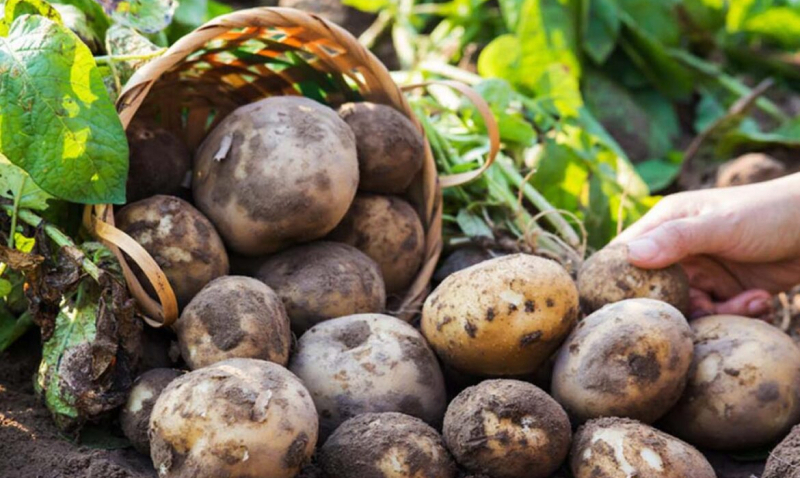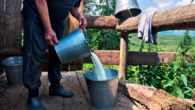
How to protect potatoes from late blight
< /p> 1
Phytophthora is a dangerous disease of potatoes, due to which the yield is significantly reduced. Its causative agent is a phytopathogenic fungus-like organism.
Details
Infection of potato tubers is possible from the early stages of their formation until harvesting. It happens in several ways. Most often:
- with rainwater;
- from the affected tops;
- when tubers come into contact with spore-infected soil during harvesting;
< li>with the migration of zoospores in the soil from affected mother tubers.
In private gardens, among the most frequent causes contributing to the development of late blight, experts single out the following:
- non-compliance crop rotation;
- use of low-quality seed material or infected seed tubers;
- favorable climatic conditions and weather for the development of late blight.
Experts advise choosing potato varieties that are less susceptible to the disease. Be sure to cull tubers when infection is suspected. Use preplant germination and greening of tubers, which will accelerate the development of plants, and the crop will be harvested before the main period of autumn rains, which increase the risk of late blight infection. Also:
- carry out pre-planting treatment of tubers;
- observe the optimal planting dates for each variety;
- plant potatoes further away from tomatoes to avoid possible re-infection;
- plant the culture in a well-drained place that dries quickly after rain;
- high and wide ridges will help reduce the probability of spores entering the tubers during rains;
- no delay harvesting, do not harvest potatoes during the rain.
To control late blight during the growing season, it is necessary to treat with fungicides. It is easier to prevent this disease than to cure it.









Leave a Reply